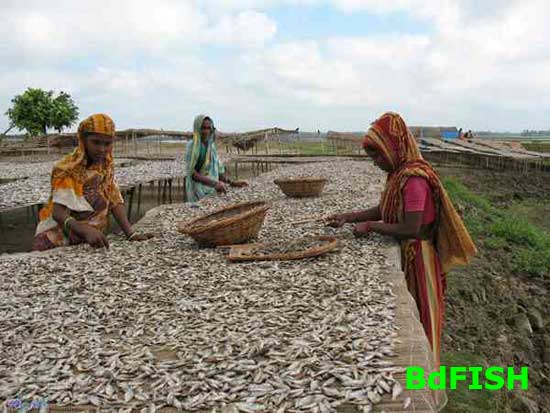
Introduction:
In the words of Kazi Nazrul Islam, `what is wonderful achievement in the world has been half done by women and the rest half by men.’ This quotation of the poet bear the expression that woman plays a vital role in the developing of a country or nation. As they are left out of the main stream of development activities, it will not be possible to make the harmonic development of the country. Nepolian once said, ‘give me a good mother; I will give you a good nation.’ So to speak the truth the woman can play an important role not only in the development of the country but also in all kinds of social, political, economical works.
Empowerment of women means the involvement of women to exercise power and capital. After the liberation war of Bangladesh empowerment process of women is began but truly the progress of the women’s empowerment is not satisfactory to the peaceful development of the country. The freedom of self-fulfillment and self-development as well as equal access to democratic and community resources, opportunities and powers of women should be ensured.
Development means the action or process of developing something. According to Mahatma Gandhi, recognition of human potentials is development. Bangladesh is a developing country of 150 million people of which about 50% are women. According to BBS (Bangladesh Bureau of statistics, 2002) 40 percent women work in rural areas and 20 percent in urban areas. 15 percent laborer and 13 percent unpaid family workers.
Role of women in fisheries development in Bangladesh
Women in Bangladesh are often excluded from fishing, and from the institutions that manage fisheries. Including women in community-based management institutions is crucial for improving their livelihoods. Fish are a fundamental source of food for poor rural people. About 80 percent of rural households in Bangladesh catch fish for food or to sell, and people receive about 63 percent of their animal protein from fish. Fishing has traditionally been men’s work, but women and children have increasingly become involved in fishing activities. Women are gradually participating in all sorts of fisheries activities including planning to implementation, pond excavating to fish sell, prawn or shrimp PL collection to processing for exporting and even net making to fish drying. In rural Bangladesh near about 30 percent of women’s are some how involved in fish culture. In fishermen family all family members are involved in fisheries activity. To increase the participation rate and the skill of women, NGO’s are provided different types of training and loan facility. The following fisheries sectors have a high potential and easy access to the women. Already many women take part in these sectors successfully and make difference to the society as well as country.
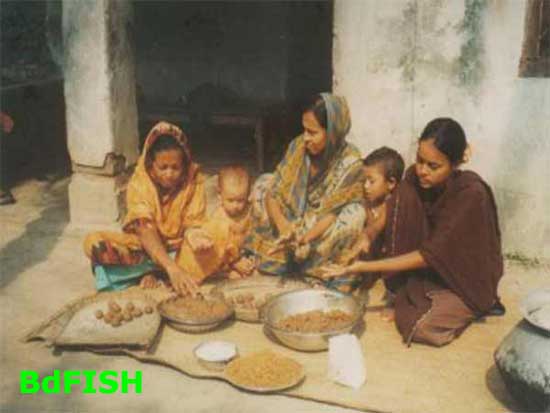
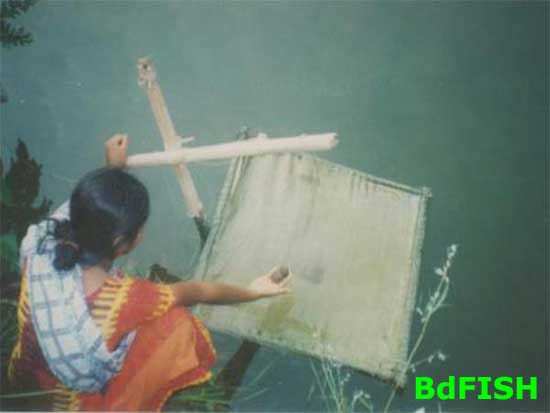
1. Fish culture:
In pond management and fish culture technique women participation is quite satisfactory. GO’s and NGO’s initiations helped to increase women’s participation in fish culture and other fisheries activities. The women proved their efficiency by taking part in nursery management of fishes in different NGO assisted projects. Cent percent women were involved in Jamuna boropit fish culture projects accomplished by Grameen fish foundation which was one of the renowned successes in women’s empowerment.
2. Cage culture:
Cage culture is an advanced technology that opens the door of opportunity to involve much more women in fish culture. Cage culture provides an opportunity of fish production to all categories of people whether they have water body or not. It’s also enhanced the community based fisheries management system.
3. PL collection:
According the data of Fisheries Resources Survey System there are about 4,43,024 shrimp fry collectors and 1,441 fish spawn or fish fry collectors are in Bangladesh. Many of the fry collectors are women or children. This fry collection work provides part-time job opportunity to the poor households.
4. Fish processing plants:
A large number of female employees are working in different fish processing plants of Khulna and Cox’s Bazar regions. Moreover, their involvement is increasing day by day.
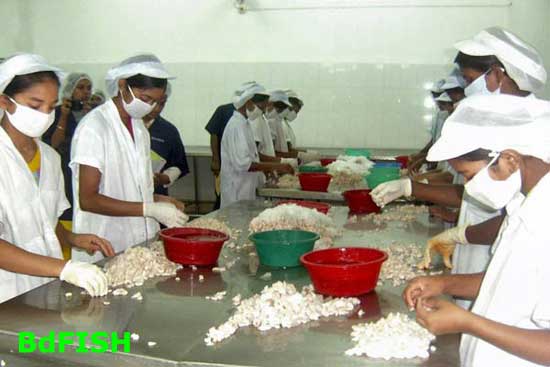
5. Community Based Fisheries Management Organization or Jalmahal based effort:
Female members of fishermen families in beels, haors, baors and floodplain areas are taking part in making nets, fishing traps, traditional fish drying and even marketing marketing of fishes. Community based fisheries management (CBFM) projects of NGO, Bachte Shekha, attained success in beel management, where female’s participation was prominent.
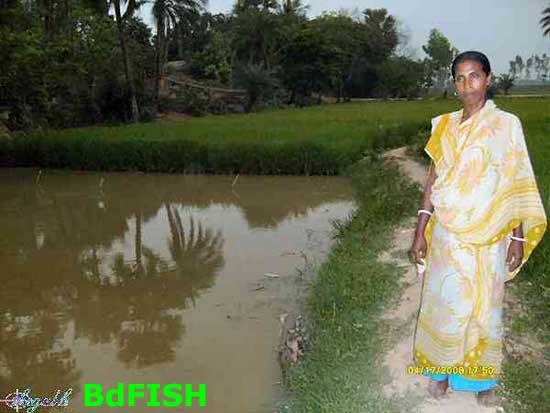
Conclusion:
The world is advancing rapidly. This is not a time to argue on empowerment of women. Now, we have to think about the way of women’s empowerment and fisheries sector is one of the renowned potential ways of women’s empowerment. Because, vigorous cooperation between men and women are necessary for the sustainable development of a developing country like Bangladesh.
Acknowledgment:
Shams Muhammad Galib, for providing photographs
Visited 4,968 times, 1 visits today | Have any fisheries relevant question?
